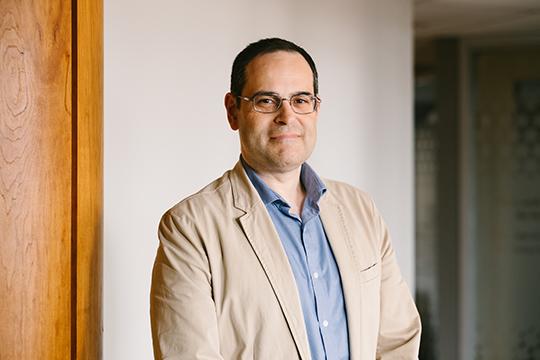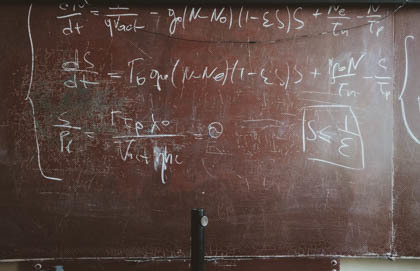Some are convinced it’s terrorism.
Others call it the act of a mentally ill man.
Still others say those characterisations of the July 22 mass shooting on Toronto’s Danforth strip are not mutually exclusive and both are possible.
Whatever might have motivated 29-year-old Faisal Hussain to carry out the latest mass shooting in Toronto, nothing will change the fact that the deadly mid-summer rampage has darkened the city. Two people are dead and many more are injured. It was an evil act regardless of motivation. To take another person’s life, outside of defending others or oneself, is simply evil – literally the opposite of good.
What’s maddening about this dark event is that it isn’t an outlier. Earlier this month two rappers died in a hail of gunfire and a passer-by suffered a bullet wound in a shooting in downtown Toronto. Last month a woman was shot dead in a Toronto bowling alley. And it was only in April that police arrested 25-year-old Alek Minassian after a driver killed 10 pedestrians and injured 15 more by running over them with his van in Toronto’s north end.
Well-known Sun columnist Joe Warmington wrote recently, “there does come a point when people can see for themselves there is a major murder or attempted murder incident every week here, and many times more than once a week.”
Darkness abounds in Toronto – a city known as Toronto the Good in the late 19th century because of the efforts of Mayor William Howland and his supporters to bring about moral reforms. Perhaps Toronto needs a new Howland.
And yet, even amid Toronto’s darkness there are signs of light and of hope. There is a remnant of Toronto the Good that hasn’t been washed away by modernity or faded into the city archives as a quaint part of municipal heritage.
Several churches in the Danforth area opened their doors, holding vigils and prayer services for the public in the wake of the most recent mass shooting. Congregants and visitors alike packed the pews.
One such vigil took place at Calvary Church, an 85-year-old Protestant Evangelical congregation near the intersection of Pape and Danforth, not far from where the crack of gunfire pierced the night on July 22.
Amid the tears and sadness, many found comfort inside a church that was doing exactly what a church should be doing: providing respite from the darkness of the world outside its doors. Pastor Daniel Winter tells CBC News that in the midst of the mourning and tears, his message to those gathered was to share “love, God’s love” with them.
“I encouraged them last night, if they’re going to fall, to fall into each other’s arms,” Pastor Winter said, noting that the church offered a place for a neighbourhood that “needed to all be together.”
I’m proud to say I have attended Calvary Church numerous times and I am a friend of Senior Pastor Daniel Winter. It seems I have august company in recognizing its strengths. Toronto Mayor John Tory, speaking outside of Calvary Church, told the media the church’s vigil was a “very welcome relief” for him.
“I was just very glad I had the chance to attend this very loving place and to come out with that sort of feeling, which I hope everybody does,” he said.
When darkness enveloped Toronto, many knew to head for where the light shone brightest. What’s remarkable about that is how natural and uncontroversial attending a church vigil seemed – especially in a city not known for its religiosity. Indeed, for most Canadians, religious service attendance is the exception, not the rule.
Sometimes, it seems, we can’t see the light until it gets dark enough. Well, it certainly has been dark in Toronto of late. But there is hope as long as there are bright sources of light for the city, like Calvary Church and many others. Toronto needs them.
After all, chances are Toronto will need yet more vigils before too long.
Convivium means living together. We welcome your voice to the conversation. Do you know someone who would enjoy this article? Send it to them now. Do you have a response to something we've published? Let us know!






